Building an Authentic Brand Philosophy
Authenticity, while not a new concept, is certainly a recent buzz word in many facets of consumer life. It is a common and consistent theme in self-care dialogs, parenting discussions and personal growth platforms, to name a few. The philosophy of being authentic is nothing new, but its importance to consumers is. With the billions of messages that we consume in the run of a day, having an authentic brand strategy is one way to make sure your message is noticed and engaged with by potential customers or clients.
Today’s consumers want to feel like you’re in it with them, not for them.
Are you offering messaging and content that will resonate with who they are? Will it speak to their values? If the answer is yes, you are much more likely to make a connection with that person, and connection means a much more probable conversion. Brands that succeed at relating to their audience tend to generate content that speaks from the core of their brand to the core of their consumer’s. If your content is authentic, it will feel natural, and potential customers will recognize and relate to that.
Consumers crave predictable activity from their favourite brands. Consistent output builds client loyalty. Once consumers trust what your brand is saying and doing, they will want to engage with you and eventually, to align with you. Setting a consistent footprint will also allow customers to develop expectations for your product or service deliverables. The great thing about client expectations is being able to exceed them, this leaves room for creating that wow factor for clients and securing their relationship with your brand, for life.
So if we now understand the importance of authenticity in our brand strategy, the next question is, how do we achieve it?
Step one: Values.
Corporate values are the foundation for optimal brand performance. Think of it this way, when you are facing a decision about your business and one of the alternatives really doesn’t feel right, that is likely because it goes against one of your core values. Whether you have consciously gone through the exercise of determining them or not, you have moral guidelines that feel right for you and that make you unique. The same can be said for your brand. Having a set of parameters that you can use as a measuring stick for every business decision, content idea or message communicated will ensure that your message is consistent. Consistency is the backbone of your authentic brand strategy.
There are many exercises out there designed to help facilitate this activity. You can easily find a free download to help get started. You may want to consider making a professional development segment out of it by including your team. Having the team participate will ensure that they feel ownership, and this will empower them to live to these values, both in their interactions with your clients, and with each other.
Step two: Authenticity Drivers.
Once your values are in place, it is important to create a series of statements, or drivers, that will serve as your brand service guidelines. To do this, take each of your values and build a statement, or series of statements, to determine how they can be enforced in practical terms. For example, if one of your values is found to be Integrity, first agree on what that means to you or your team. If you agree that the definition of Integrity is the quality of being honest and having strong moral principles, then a few possible authenticity drivers might be:
- We do what we say we will.
- We are transparent in our decision making
- We own our mistakes
Having these drivers in place will not only support the authenticity of your organization’s decision making, it will shape your authentic culture.
Step three: Narrative.
Building a corporate narrative is perhaps the most important, and most neglected, step in the brand authenticity process. Having your values and guiding principles in place is a start, but determining how they will be interwoven into your organization will be the key to successfully integrating your authentic brand strategy.
Your narrative includes the storyline derived from your values and principles. It will be used to describe your company, your culture and your offerings. It will dictate how you use this language and how it will manifest itself in your service standards and internal interactions. It should be inclusive from your front-end sales language straight through to your website content, social media output and internal memos. Your team must live and embrace this new narrative in order for it to have an impact on your end consumer.
In short, your narrative is your brand story; your organization’s shared passion. It may encompass any combination of: your tagline and positioning statement, creative outputs, marketing campaigns or messaging and communication tactics, however, what it is really communicating is your why. Your narrative should describe where your company has been, where you are now and where you are going. You should be taking consumers on the ride with you. It should encompass what your company values, what drives its authenticity and where it brings value to the end user.
Once these steps are complete, and your authentic brand strategy is in place, you will find that decision making becomes almost effortless, your customer loyalty will grow and your internal culture will then mirror your external output. Above all else, you will feel good about the product or service you are delivering and as a result, those around you will as well.
Alix Robinson is a Halifax-based graphic designer, branding specialist and owner of Every Day I’m Branding Virtual Marketing Management.
